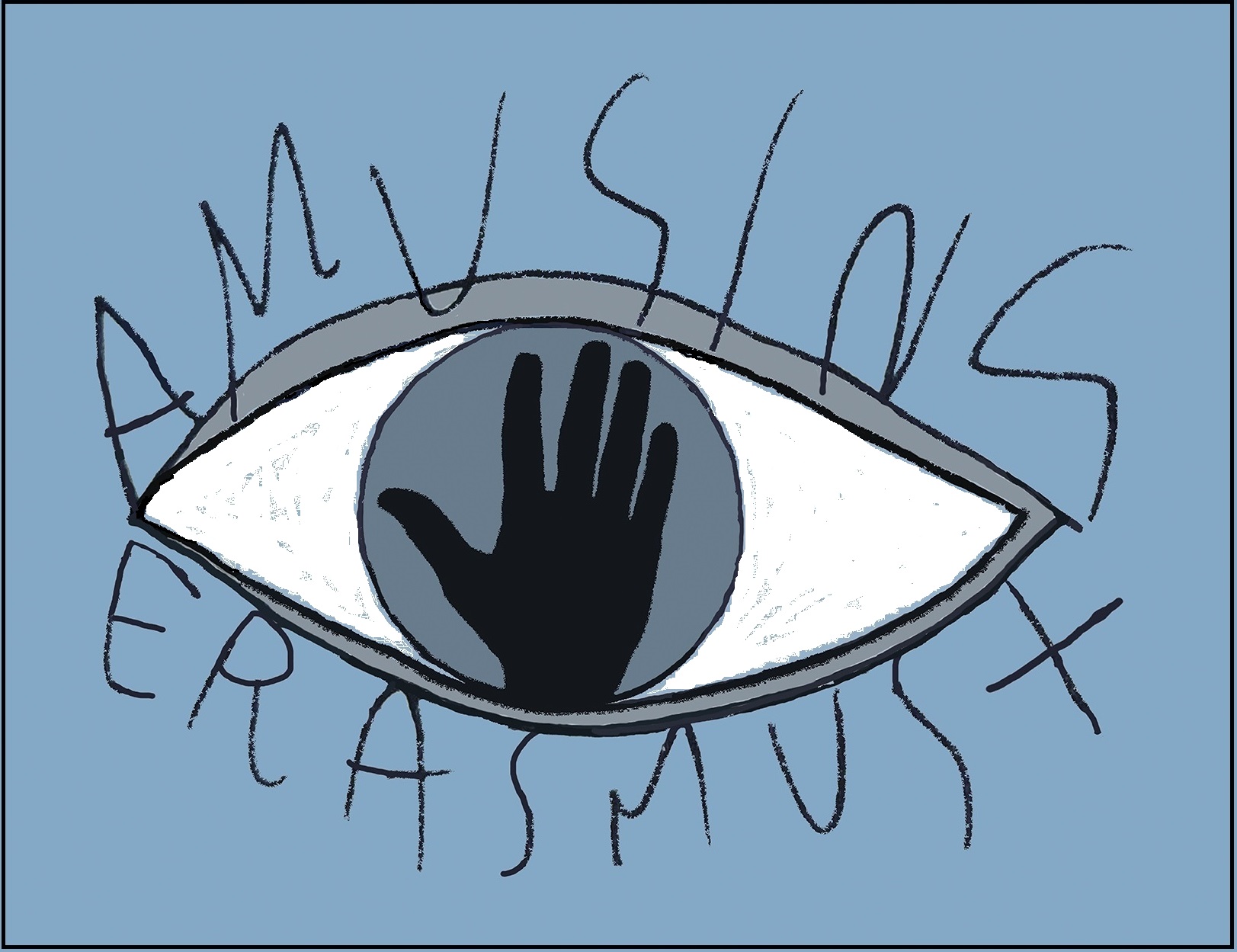Adapting Museums for educational Inclusive Goals (AMUSING) is an Erasmus+ KA201 project coordinated by Conselleria Educació-CEFIRE CTEM
The visually impaired constitute a community at risk of social exclusion. Beyond the strict definition of visual impairment, or the percentage of vision loss of each individual, adequate training is crucial for the full social integration of this community. In addition, raising the awareness of the rest of the population towards the special needs of disadvantaged groups in general and visually impaired people in particular requires educational interventions in this regard.
On the other hand, the emergence of new technologies, such as 3D printing, has opened a range of educational possibilities and services that can alleviate the aforementioned inequalities and collaborate in inclusive actions.
The main objective of this project is to attend to the inclusion of students with visual impairment. This objective is addressed from a number of points, including service-learning methodologies that promote awareness of the needs of this group and the educational development of 3D printing skills. The 3D products can facilitate routines and empower the visually impaired students involved in their design, production and evaluation.
It is strongly recommended that the visually impaired attend a specific training, but also it should be complemented by inclusive training in conventional schools.
All these aspects have been taken into account in previous projects on which this project is based. The results of the previous innovative experiences indicate that working on this line, the established objectives are achieved, especially in terms of training students with visual impairment and raising awareness towards this “minorized” group.
The possibilities that the new 3D printing technology offers to the visually impaired community are enormous.
The experiences of the European museums around the tactile exhibitions have as reference the main three typhlological museums of the continent (all of them partners in this project). It is very interesting to transfer that knowledge to conventional museums and, in addition, to link it with successful educational practices.
This project combines social and educational inclusion, art, science and technology, formal and non-formal education to offer alternatives for accessibility to museums, combining the experience and knowledge of multiple institutions throughout Europe.
In general, it is proposed to use 3D printing to bring museums closer to this community, combining usefulness with good school practices of service learning and improvement of technological skills. The participating educational centers will generate pieces in 3D and will collaborate in all the proposed results (catalogs, blogs, webs, exhibitions, etc.) from a service learning methodology.
Partners from Greece, Lithuania, Italy and Spain, including NGOs, secondary schools, museums, City Council, Regional Ministry of Education (Conselleria-CEFIRE) and enterprises, participate to achieve the success of this project.
https://ec.europa.eu/programmes/erasmus-plus/projects/eplus-project-details/#project/2019-1-ES01-KA201-063923
@AmusingErasmus

